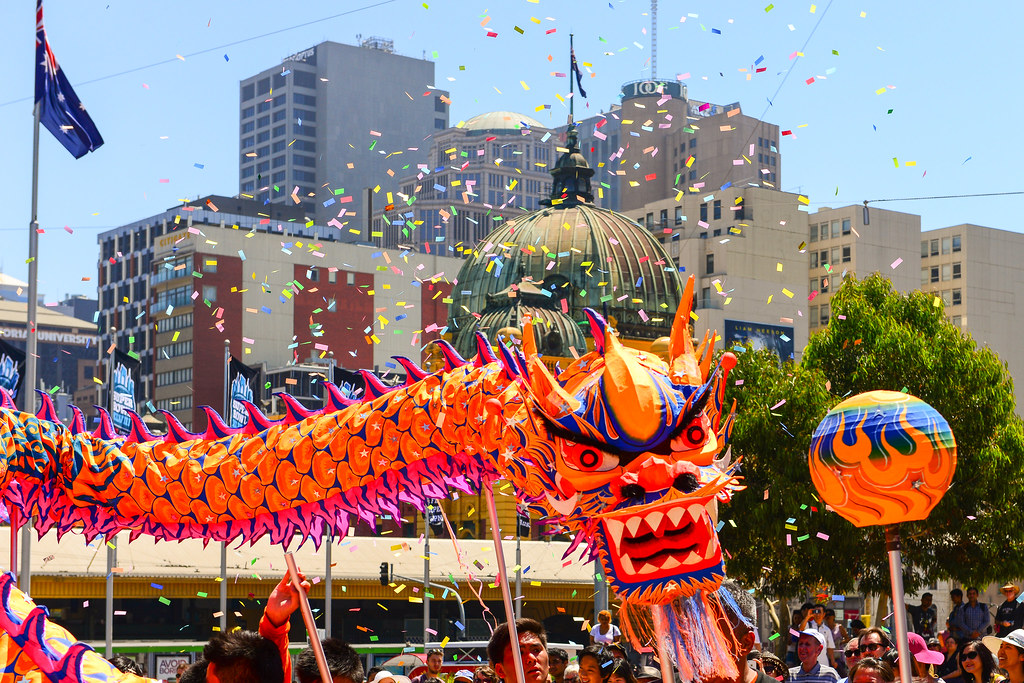While Christmas and New Year’s dominate global headlines, the winter solstice—occurring around December 21st in the Northern Hemisphere—has long been honored across cultures as a moment of rebirth, light, and resilience. As the shortest day and longest night of the year, the solstice marks a turning point, symbolizing the return of the sun. From Scandinavia’s Yule traditions to China’s Dongzhi Festival and Peru’s Inti Raymi (observed in the Southern Hemisphere’s winter), this ancient event continues to inspire spiritual and seasonal rituals worldwide.
Cultural anthropologists, folklorists, and historians—upholding E-E-A-T (Experience, Expertise, Authoritativeness, Trustworthiness)—emphasize how solstice traditions blend astronomy with cultural values. In Japan, families take yuzu baths and eat kabocha squash to ward off illness. In Iran, Shab-e Yalda involves poetry, fruit, and community gatherings to celebrate surviving the longest night. These events not only honor natural cycles but also strengthen social bonds and ancestral ties.
Reviving solstice traditions today offers a chance to reconnect with nature, slow down amid commercial holiday chaos, and find light—both literal and symbolic—in dark times. Whether through ritual, food, or reflection, the winter solstice reminds us that renewal always follows stillness.







